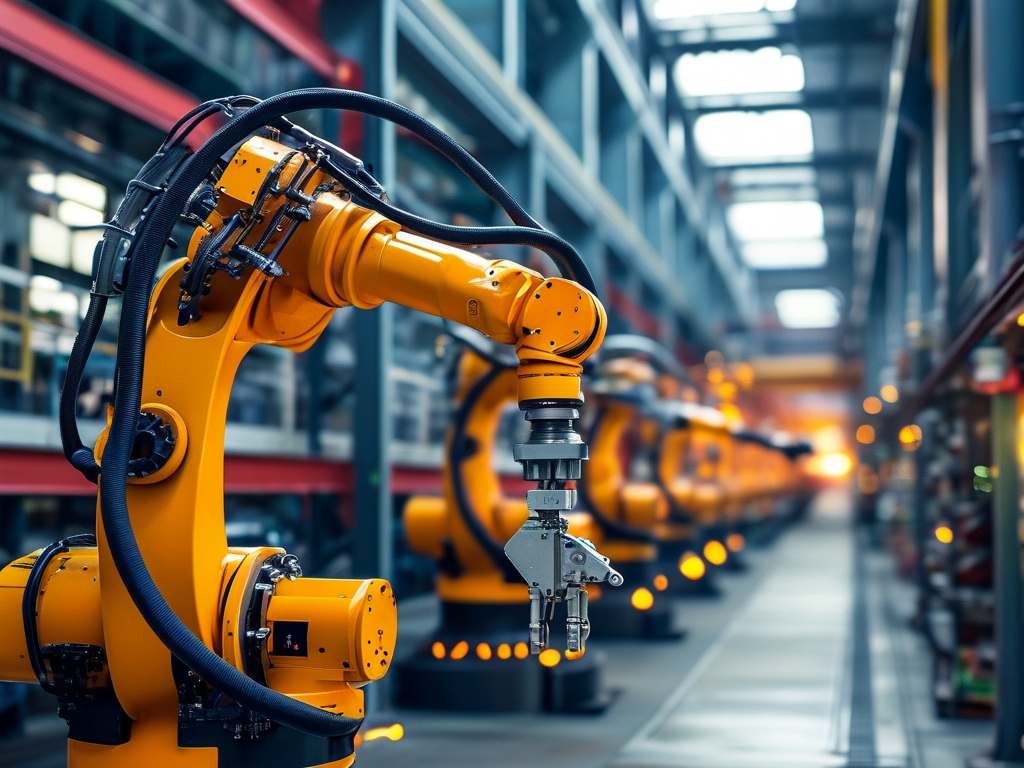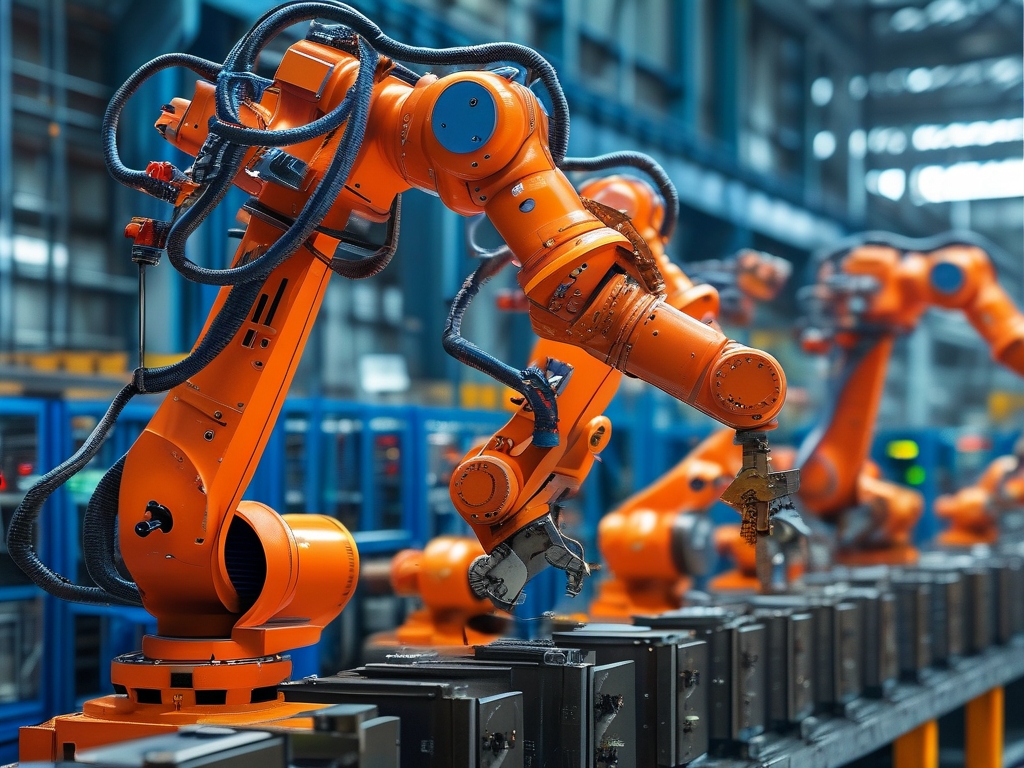The integration of Large Language Models (LLMs) into industrial automation represents a transformative shift in how factories, supply chains, and production systems operate. As industries strive for greater efficiency, predictive capabilities, and human-machine collaboration, LLMs like GPT-4, Claude, and specialized domain-specific models are emerging as critical tools. This article explores the technical, operational, and ethical dimensions of deploying LLMs in industrial settings, highlighting real-world applications, challenges, and strategies for successful implementation.
1. The Role of LLMs in Industrial Automation
Industrial automation has long relied on programmable logic controllers (PLCs), robotic systems, and sensor networks. However, LLMs introduce a new layer of intelligence by enabling natural language processing (NLP), contextual decision-making, and unstructured data analysis. Key applications include:
- Predictive Maintenance: LLMs analyze maintenance logs, sensor data, and historical failure records to predict equipment breakdowns. For example, a model trained on turbine vibration patterns and repair manuals can recommend preemptive actions.
- Process Optimization: By parsing production reports and quality control data, LLMs identify inefficiencies. A automotive assembly line could use LLM-generated insights to reduce material waste by 15%.
- Human-Machine Interaction: Workers can query LLMs via voice or text for real-time guidance. A technician might ask, “What’s the torque specification for valve X?” and receive an instant response.
- Supply Chain Resilience: LLMs simulate disruptions (e.g., material shortages) and propose mitigation strategies by analyzing supplier contracts, logistics data, and market trends.
2. Technical Challenges in Deployment
Despite their potential, deploying LLMs in industrial environments poses unique hurdles:
- Latency and Real-Time Requirements: Many automation systems demand sub-second responses. LLMs, especially cloud-based ones, may struggle with latency. Edge computing and model quantization (reducing model size without significant accuracy loss) are being tested to address this.
- Data Privacy and Security: Industrial data often includes proprietary designs or sensitive operational metrics. Hybrid architectures—where sensitive data remains on-premises while LLMs run inferences locally—are gaining traction.
- Domain Adaptation: General-purpose LLMs lack expertise in niche industrial jargon (e.g., “CNC machining parameters”). Fine-tuning models on domain-specific datasets is essential. Siemens, for instance, developed a custom LLM trained on 10+ years of manufacturing documentation.
- Integration with Legacy Systems: Many factories use decades-old machinery without APIs. Middleware solutions that translate LLM outputs into PLC-compatible commands are critical.
3. Case Studies: Success Stories and Lessons Learned
- BMW’s Smart Factories: BMW integrated an LLM to analyze worker feedback from multilingual sources (emails, voice notes). The model identified recurring safety concerns in assembly lines, leading to a 30% reduction in incidents.
- Shell’s Predictive Analytics: Shell deployed an LLM to monitor offshore drilling equipment. By correlating maintenance logs with sensor data, the system predicted pump failures 72 hours in advance, saving millions in downtime costs.
- Foxconn’s Quality Control: Foxconn uses a vision-LLM hybrid system where the LLM interprets visual defects detected by cameras and suggests root causes (e.g., “misaligned solder paste stencil”).
4. Ethical and Workforce Considerations
The rise of LLMs in automation sparks debates about job displacement and accountability:

- Skill Gaps: While LLMs augment human workers, they require upskilling. Operators must learn to validate model outputs and intervene when anomalies occur.
- Bias and Transparency: Biases in training data (e.g., prioritizing cost reduction over sustainability) could lead to flawed decisions. Explainable AI frameworks are needed to audit LLM reasoning.
- Regulatory Compliance: Industries like pharmaceuticals face strict regulations. Deploying LLMs for document automation (e.g., batch records) requires alignment with FDA/EU audit trails.
5. Future Pathways and Innovations
The convergence of LLMs with other technologies will redefine industrial automation:
- Digital Twins: LLMs could power conversational interfaces for digital twins, allowing engineers to “ask” a virtual factory about energy consumption or bottleneck scenarios.
- Autonomous Repair Robots: Pairing LLMs with robotics enables machines to interpret repair manuals and execute complex tasks. Imagine a robot that reads a hydraulic system schematic and fixes a leak autonomously.
- Federated Learning: To address data silos, federated learning allows LLMs to train across multiple factories without sharing raw data, preserving privacy while improving model robustness.
Deploying LLMs in industrial automation is not a mere upgrade—it’s a paradigm shift. While challenges like latency, domain adaptation, and ethics persist, early adopters are already reaping benefits in predictive maintenance, workforce collaboration, and supply chain agility. As edge AI hardware evolves and regulatory frameworks mature, LLMs will become indispensable allies in building smarter, safer, and more sustainable industries. The future factory may not just be automated; it will be intelligently conversational, adapting in real time to both human and operational needs.



